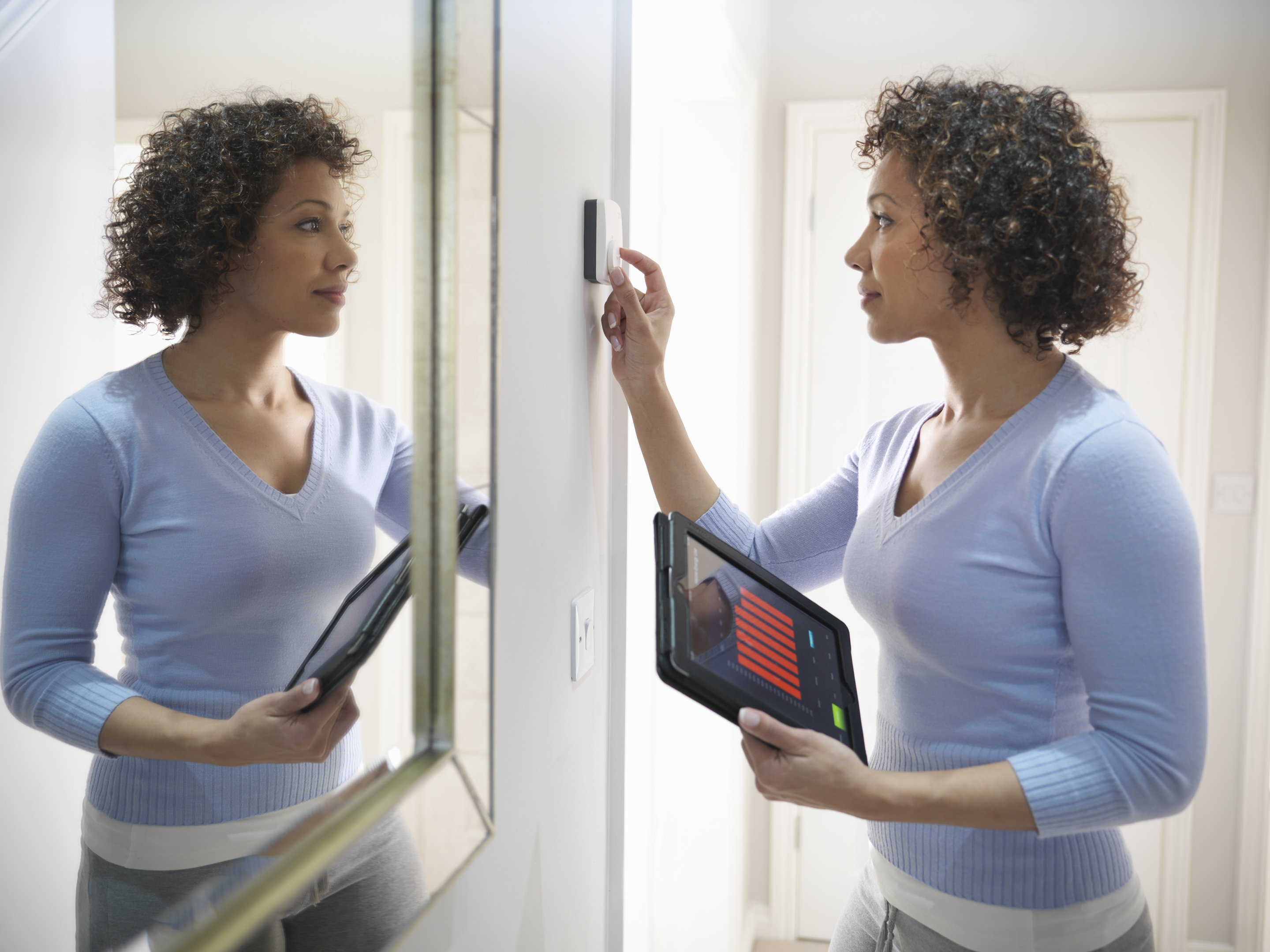
The Sunday Post is today taking the unusual step of recommending to its readers that they do NOT follow Government advice on smart energy meters.
Let us start by saying we believe smart meters are a good idea.
They will help you save money and should end the nasty experiences too many of us have had when a “surprise” huge electricity or gas bill lands on the doormat.
Smart meters will mean no more estimated bills, and you will know on a daily or even hourly basis how much power you have used and how much it has cost you. You will know, in advance, how much your monthly bill will be.
But we don’t think you should get one until summer 2018.
There are two kinds of smart meters – SMETS1 and SMETS2 (this stands for Smart Metering Equipment Technical Specification).
The main difference is the way the meter reading is transmitted to the energy supplier. SMETS1 uses encrypted mobile phone technology, SMETS2 will use a dedicated secure radio system called the Data Communications Company.
If you have an S1 meter installed by one energy company, it probably won’t be compatible with the set-up of any other energy company.
So if you change supplier the meter will “go dumb”. This means you’ll have to take readings as you used to do and send them to your new energy company or have the meter read as you used to do, with all the possible problems of estimated bills. This “dumb” period could last up to 18 months.
Got a consumer problem? The Sunday Post’s Raw Deal team can help
However, some people who have switched suppliers have saved up to £100 every year. Delaying getting a smart meter could mean you miss out. It’s a decision you’ll have to weigh yourself, probably dependant on how eager you are to switch supplier.
Bear in mind, the SMETS1 meters will probably become fully able to swap suppliers in the future. This will require a software upgrade though, and it is likely this that won’t happen for at least a year. And the upgrade isn’t guaranteed to work.
You can, however, swap your SMETS1 for a SMETS2 at no charge, so don’t worry too much if you already have a smart meter. Around 7.7 million SMETS1s have been installed around the UK.
But it is likely that the frantic roll-out will push upgrades for those who already have a meter to the back of the queue.
We are concerned that energy users are not being given enough information.
Smart meters are being heavily promoted, but not enough information about the differences between SMETS1 and SMETS2 meters is coming out.
To meet their stated aim of putting a smart meter in every household nationwide by 2020, it would be unlikely the Government would call a halt, even a temporary one, for eight months. The programme is already behind schedule
And to put all those millions of meters into UK homes is costing £11 million.
They don’t want delays, but you have to do what is best for yourself.
We recommend that, if you can, wait until the new meters are available.
There is one last thing to consider.
If your energy company approaches you to ask if you want a smart meter and you say no thanks you’ll wait for the SMETS2 meters, they aren’t obliged to contact you again.
Don’t worry about this. You can contact them, of course, and it is likely that they actually would contact you at some point in the future, even if you refuse the first time and forget to contact them.

Enjoy the convenience of having The Sunday Post delivered as a digital ePaper straight to your smartphone, tablet or computer.
Subscribe for only £5.49 a month and enjoy all the benefits of the printed paper as a digital replica.
Subscribe